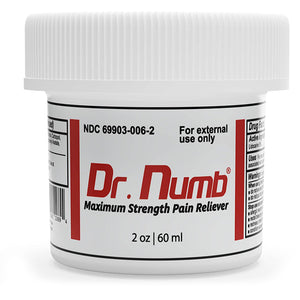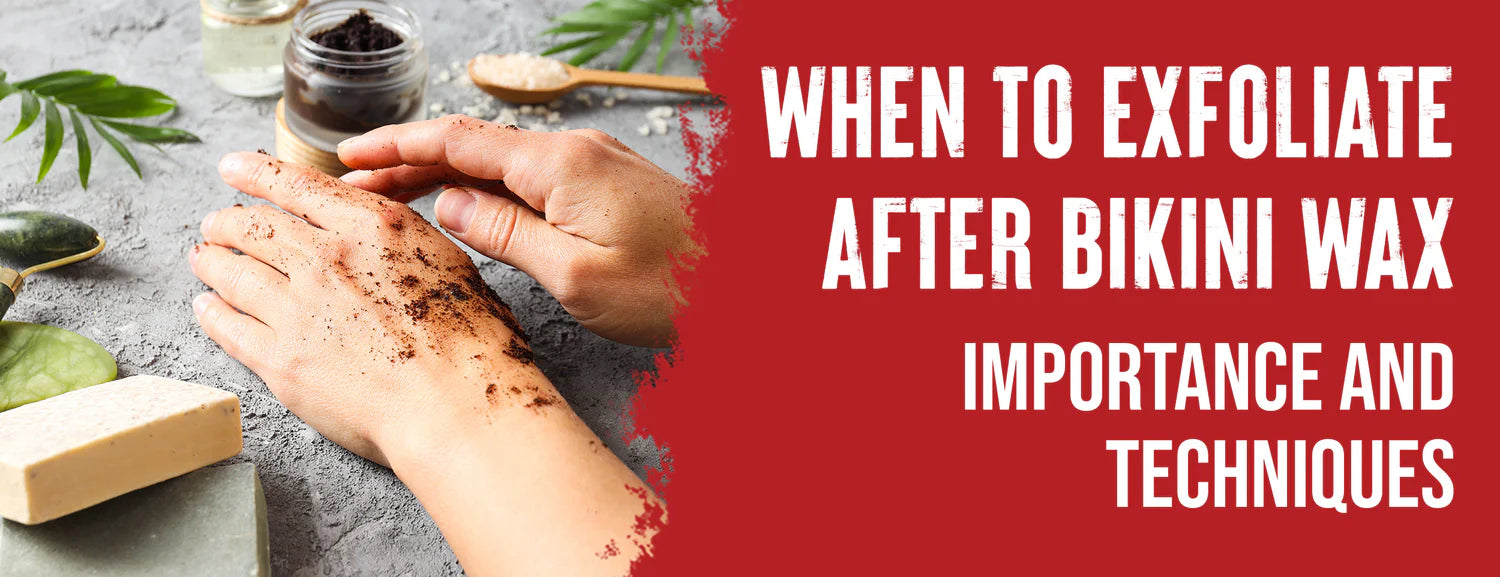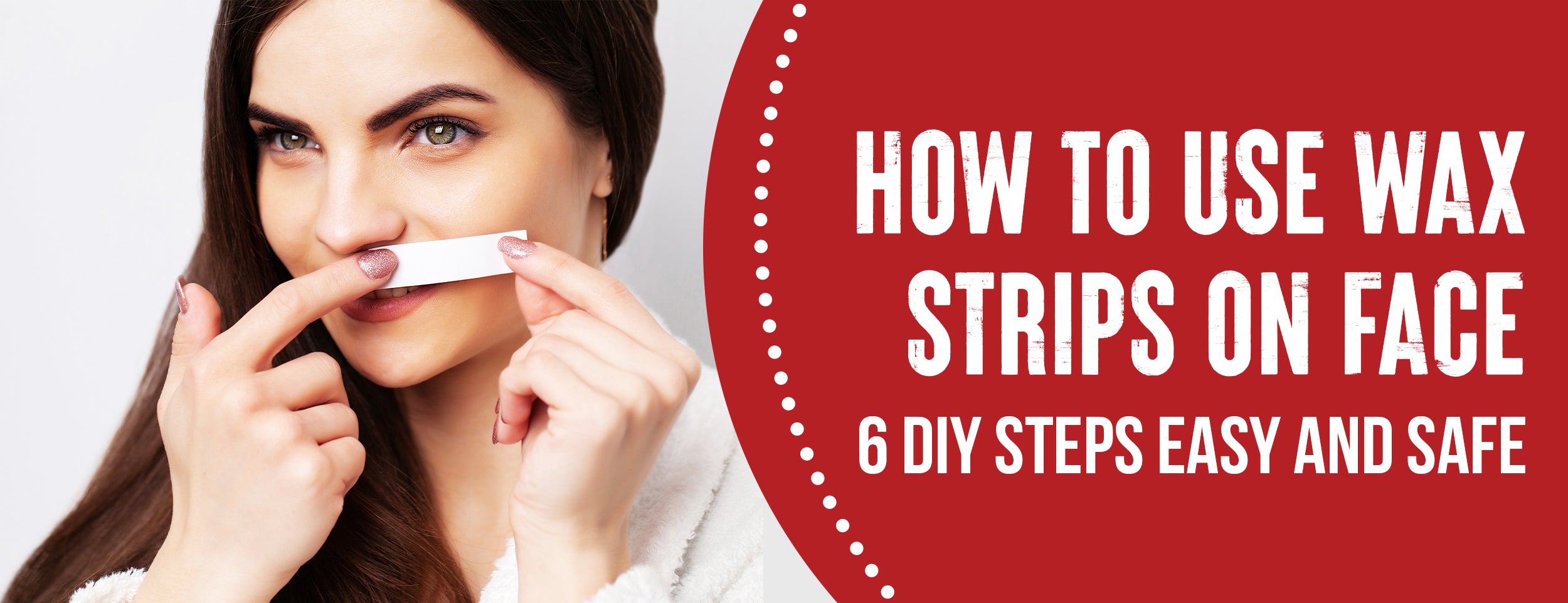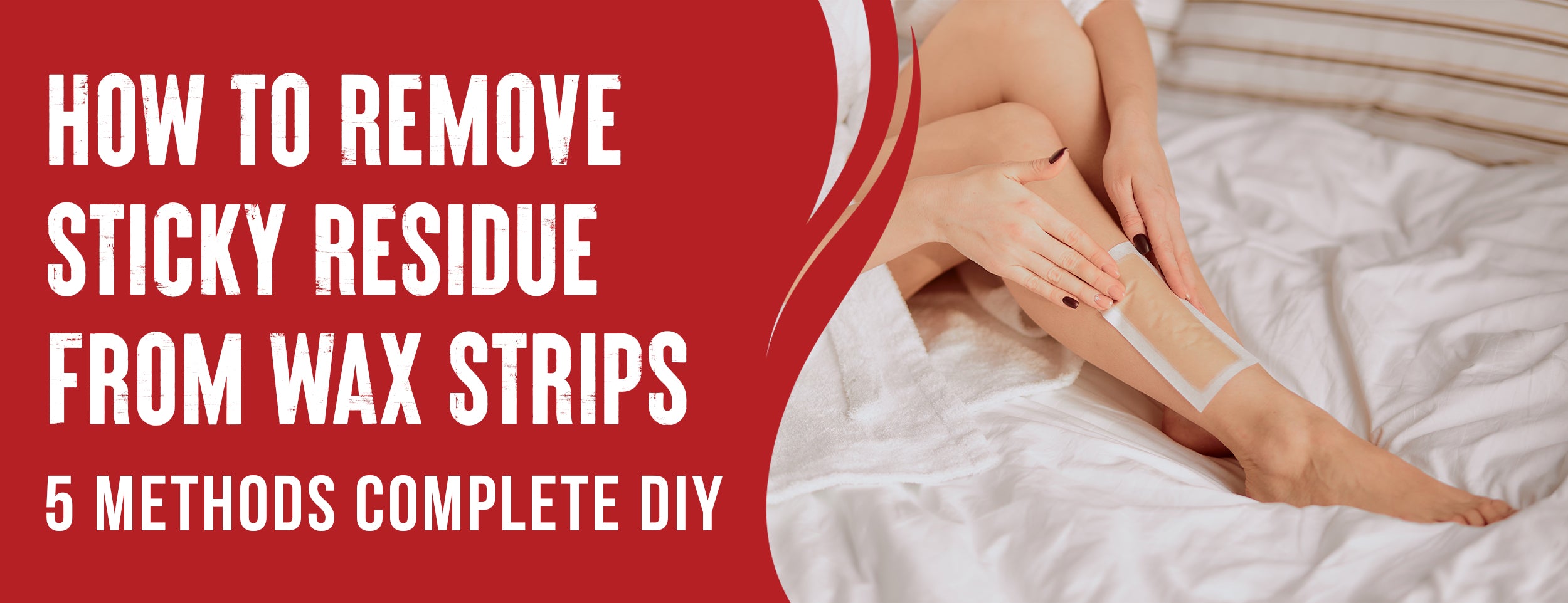Botox is an effective treatment for wrinkles and frown lines but can also result in drooping eyebrows. The lower brow is aesthetically unattractive but can also obstruct a person's vision.
It is recommended to wait at least 24 hours to 2 weeks after having Botox injections before waxing your eyebrows. This allows the treated area to heal fully and ensures the best results. Waxing too soon after Botox can cause swelling or migration of the Botox to unintended areas.
We'll explore the optimal time frame for waxing your eyebrows after Botox, the factors affecting the answer, and potential risks to avoid.
How Long After Botox Can I Wax My Eyebrows: 2 Things

Waxing too soon after a Botox injection can cause bruising and skin irritation. Here is when to wax your eyebrows after Botox and expert opinions.
Botox Injection Waiting Period
There is no one-size-fits-all answer to determining the best time to wax after Botox. In general, waiting before subjecting your skin to any hair removal treatment is essential. The following are some expert opinions on how long to wait before waxing after Botox:
- According to the American Society of Plastic Surgeons (ASPS),patients should wait at least 24 hours after a Botox injection before they wax their eyebrows.
- Some dermatologists recommend waiting two to three days before waxing after Botox injections.
- The consensus among most experts is waiting at least 48 hours after Botox injections before waxing.
The best approach to determining when waxing your eyebrows is to consult the medical professional administering the injections. They can give you personalized advice based on your needs and how your skin reacts to Botox.

Avoiding Botox Risks When Waxing
A waxing session too soon after Botox injections can result in bruising, swelling, and skin irritation. There are several ways to reduce these risks and protect your skin. Tips to avoid Botox risks following waxing:
- Wait at least 24-48 hours before waxing after Botox injections.
- Use a gentle wax formula that is specifically designed for sensitive skin.
- Apply a cold compress to the treated area after waxing to reduce inflammation.
- Avoid sun exposure and any activities that could irritate the skin, such as swimming or strenuous exercise, for at least 24 hours after waxing.
- If you experience excessive redness, swelling, or discomfort after waxing, seek medical attention immediately.
Waxing Eyebrows After Botox: 4 Factors to Consider

With some knowledge and caution, you can still enjoy your desired grooming routine without damaging your skin or Botox treatment. We explore which factors affect the timing of eyebrow waxing after Botox injections.
Type and Amount of Botox Used
The amount and type of Botox used will affect the timing of when you should do your eyebrow waxing. Different kinds of Botox have varying power levels and effects on the facial muscles.
Generally, it's best to wait at least 24 to 48 hours before waxing your eyebrows after Botox injections, regardless of the type used. For high doses of Botox injections, you may need to wait for longer to avoid damaging the Botox effect.

The Location of Botox Injections
The positioning of the Botox injection to your eyebrows is an essential factor to consider. If the injection site is near your eyebrows, significant movements of the muscles in that area may damage the Botox effect.
You should wait for at least one week or more, depending on the location of the injection site, to prevent disrupting the Botox results.
Skin Sensitivity and Overall Health Condition
Some people experience skin irritation or bruising after Botox injections, which may take some time before these conditions dissipate. It's vital to allow your skin to recover fully before waxing your eyebrows.
The healing period may take up to ten days, although it varies among individuals. Also, people with underlying health conditions like eczema, psoriasis, and rosacea may need to consult a dermatologist before waxing their eyebrows.
The Level of Expertise of the Waxing Professional

The expertise level of the waxing professional is another crucial factor to consider following Botox injections. Choosing a professional with experience in dealing with Botox clients is essential.
They should know the best practices that minimize damage to the Botox treatment, such as avoiding waxing too close to the injection site, using soft wax instead of hard wax, and applying adequate pressure during waxing.
What Not To Do After Botox
After getting Botox, there are some essential things you should avoid to ensure the treatment works well and you stay safe. Here’s what you need to know:
Avoid Touching or Massaging the Area
After getting Botox, it is essential to keep your hands off the treated areas. Touching or massaging can cause problems.
- Risk of Spreading: Touching or massaging can cause the Botox to move to unintended muscles, leading to issues like drooping eyelids or uneven facial expressions.
- Avoid Complications: Avoiding touching the area reduces the risk of complications and ensures the Botox stays where it needs to be.
No Intense Physical Activity
It's best to skip the gym and other strenuous activities right after your Botox treatment.
- Prevent Movement: Exercise increases blood flow, which might move the Botox away from the target areas. This can affect how well it works.
- Reduce Bruising: Strenuous activities can also increase the chances of bruising around the injection sites.

Stay Upright
Staying upright for a few hours after getting Botox is crucial.
- Prevent Migration: If you lie down or bend over, the Botox might shift to other areas, leading to uneven results or muscle weakness.
- Recommended Duration: Experts usually suggest staying upright for at least 4 hours after the treatment to minimize these risks.
Avoid Heat and Sun Exposure
Keeping away from heat and direct sunlight helps protect your Botox-treated areas.
- High Temperatures: Heat from saunas, hot showers, or sunbathing can cause Botox to spread. Avoid these for at least 24 hours.
- Skin Irritation: Sun exposure can irritate the skin, increasing redness and swelling after injections.
Conclusion
Waxing your eyebrows after receiving Botox injections is a complex process. Factors such as the type of Botox used, the number of units injected, the location of the infusion, skin sensitivity, and the waxing professional's level of expertise all play a role in determining when it is safe to do so.
To avoid potential risks such as uneven results, moving Botox around, or skin irritation, it is advisable to wait 24 hours after getting Botox injections to wax. By following these tips and recommendations, you can achieve the best results from both Botox and eyebrow waxing.














